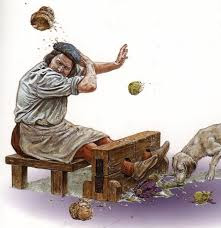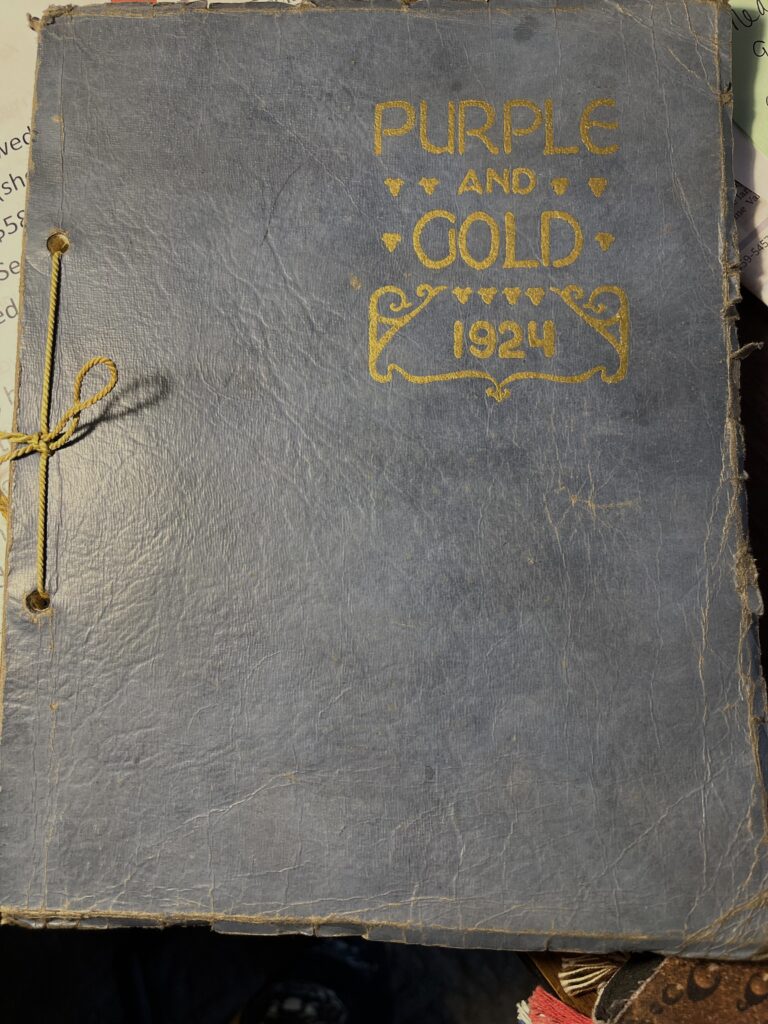The holidays are nearly upon us and family dinners are likely being planned. Will you be using “mom’s antique china” dishes and/or fixing a multi-course dinner?? Likely a resounding NO!

Antique and thrift shops these days seemingly always have “grandma’s old china set.” And these dishes end up in such shops because people don’t “eat like that” any more. The day of 16-course dinners is long past.

Dinners in days of yore were dress-up affairs (eating in a corset for hours??) and lasted a very long evening. Up to sixteen courses could be served on fancy china, fancy linens, fancy flatware, fancy glassware, etc. etc. All of which had to be hand washed and carefully stored away. (They had maids in those days.)
A typical Very Fancy Dinner might include these courses:
- raw oysters
- soup, a thin or cream soup
- hors d’oeuvres
- fish
- vegetables (asparagus, artichokes or corn)
- sorbet
- hot roast
- “entremets” a half-way mark, likely to be sweets
- game (wild birds or beasts)
- salad
- pudding
- ice cream
- fruit
- cheese
Guests were not supposed to eat everything; it was like picking from a buffet. (Think of all the hours of preparation and wasted food.) And the portions served were usually small. (And, I’d guess, not very hot.)”Turning the table” meant turning first to talk to the person on your right and then, when the hostess switches, to the person on your left.
AND, all of that dressed like this (in a dozen layers) and having had maids spend hours on your hair just for one dinner! Would you???











